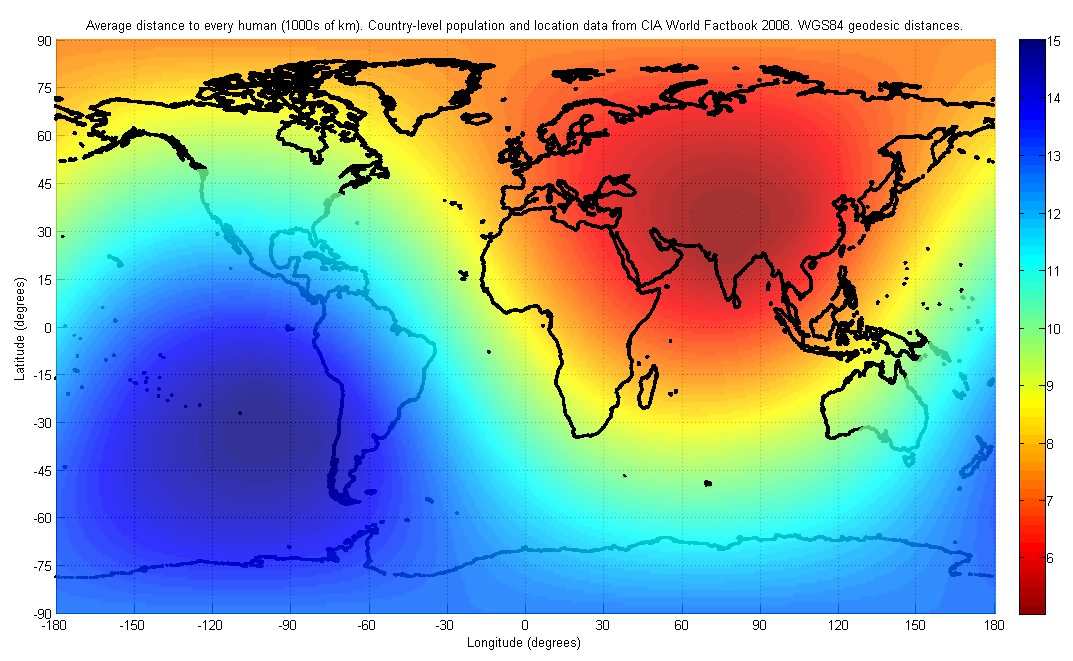|
Bennington Township, Michigan
Bennington Township is a civil township of Shiawassee County in the U.S. state of Michigan. As of the 2020 census, the township population was 3,119. Bennington Township is the center of population of the state of Michigan. The township was established in 1838 and was named after Bennington, Vermont, which was the former home of the first settlers in the area. Communities *Bennington is an unincorporated community in the township. It is located at at Bennington and Ruess roads. *Pittsburg is an unincorporated community in the township. Pittsburg was named for Moses Pitts, the original owner of the town site. It is located at latitude . History The first government land purchase was made by Samuel Nichols, Israel Parsons and Benjamin Powers in 1835. Nichols became the first settler in Bennington. At a location called Hartwellville, the first store was opened by Giles Tucker. In 1838, Johnathon M. Hartwell, formerly of Norwich, NY, took over from Tucker. Bennington Township ... [...More Info...] [...Related Items...] OR: [Wikipedia] [Google] [Baidu] |
Civil Township
A civil township is a widely used unit of local government in the United States that is subordinate to a County (United States), county, most often in the northern and midwestern parts of the country. The term town is used in New England town, New England, Political subdivisions of New York State#Town, New York, as well as Political subdivisions of Wisconsin#Town, Wisconsin to refer to the equivalent of the civil township in these states; Minnesota uses "town" officially but often uses it and "township" interchangeably. Specific responsibilities and the degree of Wiktionary:autonomy, autonomy vary in each U.S. state, state. Civil townships are distinct from survey townships, but in states that have both, the boundaries often coincide, especially in Indiana, Ohio, and Illinois, and may completely geographically subdivide a county. The United States Census Bureau, U.S. Census Bureau classifies civil townships as minor civil divisions. Currently, there are 20 states with civil townshi ... [...More Info...] [...Related Items...] OR: [Wikipedia] [Google] [Baidu] |
Center Of Population
In Demography, demographics, the center of population (or population center) of a region is a geographical point that describes a centerpoint of the region's population. There are several ways of defining such a "center point", leading to different geographical locations; these are often confused. Definitions Three commonly used (but different) center points are: # the ''mean center'', also known as the ''centroid'' or ''center of gravity''; # the ''median center'', which is the intersection of the median longitude and median latitude; # the ''geometric median'', also known as ''Weber point'', ''Fermat–Weber point'', or ''point of minimum aggregate travel''. A further complication is caused by the curved shape of the Earth. Different center points are obtained depending on whether the center is computed in three-dimensional space, or restricted to the curved surface, or computed using a flat map projection. Mean center The mean center, or centroid, is the point on which a ... [...More Info...] [...Related Items...] OR: [Wikipedia] [Google] [Baidu] |
Latino (U
Latino or Latinos may refer to: People Demographics * Latino (demonym), a term used in the United States for people with cultural ties to Latin America * Hispanic and Latino Americans in the United States ** Hispanic and Latino (ethnic categories) * The people or cultures of Latin America; ** Latin Americans Given name * Latino Galasso, Italian rower * Latino Latini, Italian scholar and humanist of the Renaissance * Latino Malabranca Orsini, Italian cardinal * Latino Orsini, Italian cardinal Other names * Joseph Nunzio Latino, Italian American Roman Catholic bishop * Latino (singer), Brazilian singer Linguistics * Latino-Faliscan languages, languages of ancient Italy * '' Latino sine flexione'', a constructed language * Mozarabic language, varieties of Ibero-Romance * A historical name for the Judeo-Italian languages Geography * Lazio region in Italy, anciently inhabited by the Latin people who founded the city of Rome. Media and entertainment Music * ''Latino'' ... [...More Info...] [...Related Items...] OR: [Wikipedia] [Google] [Baidu] |
Hispanic (U
The term Hispanic () are people, cultures, or countries related to Spain, the Spanish language, or broadly. In some contexts, especially within the United States, "Hispanic" is used as an ethnic or meta-ethnic term. The term commonly applies to Spaniards and Spanish-speaking ( Hispanophone) populations and countries in Hispanic America (the continent) and Hispanic Africa (Equatorial Guinea and the disputed territory of Western Sahara), which were formerly part of the Spanish Empire due to colonization mainly between the 16th and 20th centuries. The cultures of Hispanophone countries outside Spain have been influenced as well by the local pre-Hispanic cultures or other foreign influences. There was also Spanish influence in the former Spanish East Indies, including the Philippines, Marianas, and other nations. However, Spanish is not a predominant language in these regions and, as a result, their inhabitants are not usually considered Hispanic. Hispanic culture is ... [...More Info...] [...Related Items...] OR: [Wikipedia] [Google] [Baidu] |
Asian (U
Asian may refer to: * Items from or related to the continent of Asia: ** Asian people, people in or descending from Asia ** Asian culture, the culture of the people from Asia ** Asian cuisine, food based on the style of food of the people from Asia ** Asian (cat), a cat breed similar to the Burmese but in a range of different coat colors and patterns * Asii (also Asiani), a historic Central Asian ethnic group mentioned in Roman-era writings * Asian option, a type of option contract in finance * Asyan, a village in Iran See also * * * East Asia * South Asia * Southeast Asia Southeast Asia is the geographical United Nations geoscheme for Asia#South-eastern Asia, southeastern region of Asia, consisting of the regions that are situated south of China, east of the Indian subcontinent, and northwest of the Mainland Au ... * Asiatic (other) {{disambiguation ... [...More Info...] [...Related Items...] OR: [Wikipedia] [Google] [Baidu] |
Native American (U
Native Americans or Native American usually refers to Native Americans in the United States Native Americans (also called American Indians, First Americans, or Indigenous Americans) are the Indigenous peoples of the Americas, Indigenous peoples of the United States, particularly of the Contiguous United States, lower 48 states and A .... Related terms and peoples include: Ethnic groups * Indigenous peoples of the Americas, the pre-Columbian peoples of North, South, and Central America and their descendants * Indigenous peoples in Canada ** First Nations in Canada, Canadian Indigenous peoples who are neither Inuit nor Métis ** Inuit, Indigenous peoples inhabiting the Arctic and subarctic regions of Greenland, Labrador, Quebec, Nunavut, the Northwest Territories, and Alaska. ** Métis in Canada, specific cultural communities who trace their descent to early communities consisting of both First Nations people and European settlers * Indigenous peoples of Costa Rica * Indi ... [...More Info...] [...Related Items...] OR: [Wikipedia] [Google] [Baidu] |
African American (U
African Americans, also known as Black Americans and formerly also called Afro-Americans, are an Race and ethnicity in the United States, American racial and ethnic group that consists of Americans who have total or partial ancestry from any of the Black people, Black racial groups of Africa. African Americans constitute the second largest ethno-racial group in the U.S. after White Americans. The term "African American" generally denotes descendants of Slavery in the United States, Africans enslaved in the United States. In 2023, an estimated 48.3 million people self-identified as Black, making up 14.4% of the country’s population. This marks a 33% increase since 2000, when there were 36.2 million Black people living in the U.S. African-American history began in the 16th century, with Africans being sold to Atlantic slave trade, European slave traders and Middle Passage, transported across the Atlantic to Slavery in the colonial history of the United States, the Western He ... [...More Info...] [...Related Items...] OR: [Wikipedia] [Google] [Baidu] |
White (U
White is the lightest color and is achromatic (having no chroma). It is the color of objects such as snow, chalk, and milk, and is the opposite of black. White objects fully (or almost fully) reflect and scatter all the visible wavelengths of light. White on television and computer screens is created by a mixture of red, blue, and green light. The color white can be given with white pigments, especially titanium dioxide. In ancient Egypt and ancient Rome, priestesses wore white as a symbol of purity, and Romans wore white togas as symbols of citizenship. In the Middle Ages and Renaissance a white unicorn symbolized chastity, and a white lamb sacrifice and purity. It was the royal color of the kings of France as well as the flag of monarchist France from 1815 to 1830, and of the monarchist movement that opposed the Bolsheviks during the Russian Civil War (1917–1922). Greek temples and Roman temples were faced with white marble, and beginning in the 18th c ... [...More Info...] [...Related Items...] OR: [Wikipedia] [Google] [Baidu] |
Census
A census (from Latin ''censere'', 'to assess') is the procedure of systematically acquiring, recording, and calculating population information about the members of a given Statistical population, population, usually displayed in the form of statistics. This term is used mostly in connection with Population and housing censuses by country, national population and housing censuses; other common censuses include Census of agriculture, censuses of agriculture, traditional culture, business, supplies, and traffic censuses. The United Nations (UN) defines the essential features of population and housing censuses as "individual enumeration, universality within a defined territory, simultaneity and defined periodicity", and recommends that population censuses be taken at least every ten years. UN recommendations also cover census topics to be collected, official definitions, classifications, and other useful information to coordinate international practices. The United Nations, UN's Food ... [...More Info...] [...Related Items...] OR: [Wikipedia] [Google] [Baidu] |
Looking Glass Rivers
Looking is the act of intentionally focusing visual perception on someone or something, for the purpose of obtaining information, and possibly to convey interest or another sentiment. A large number of troponyms exist to describe variations of looking at things, with prominent examples including the verbs "stare, gaze, gape, gawp, gawk, goggle, glare, glimpse, glance, peek, peep, peer, squint, leer, gloat, and ogle".Anne Poch Higueras and Isabel Verdaguer Clavera, "The rise of new meanings: A historical journey through English ways of ''looking at''", in Javier E. Díaz Vera, ed., ''A Changing World of Words: Studies in English Historical Lexicography, Lexicology and Semantics'', Volume 141 (2002), p. 563-572. Additional terms with nuanced meanings include viewing, Madeline Harrison Caviness, ''Visualizing Women in the Middle Ages: Sight, Spectacle, and Scopic Economy'' (2001), p. 18. watching,John Mowitt, ''Sounds: The Ambient Humanities'' (2015), p. 3. eyeing,Charles John Smith ... [...More Info...] [...Related Items...] OR: [Wikipedia] [Google] [Baidu] |





